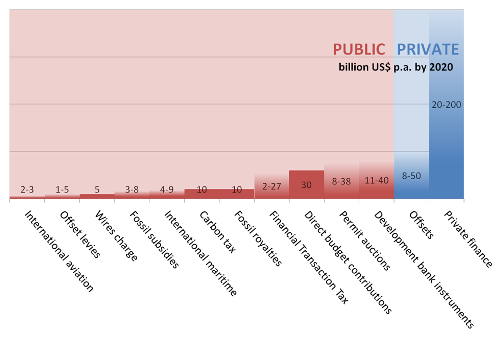Cross-posted from Reuters AlertNet.
When someone robs a bank, nobody challenges the legitimacy of banks. They suggest instead that the bank find better security. Why should carbon markets be any different?
Wednesday last week the European Commission (EC) discovered cyber thefts of carbon allowances valued at around €30 million from accounts in a handful of member states. It promptly halted all trading in its nearly €130 billion/year market until the holes could be plugged, accounts could be cleared, the stolen allowances could be traced by their unique identifying numbers, and culprits could be identified.
The fact that some trading registries are apparently less secure than your Facebook account is a clear problem and points to serious underinvestment in market infrastructure and security.
It certainly does not call into question, however, the idea of carbon trading, although some opponents of carbon markets have taken that step. These people range from outright climate deniers—those who can’t even admit we have a global warming problem—to those who believe that markets aren’t the most efficient way of addressing climate change, to those who can’t capitalize on the carbon market’s opportunities.
Let’s be clear: Putting a firm limit on carbon pollution, and providing polluters with flexibility in determining how to reduce pollution—including through transparent trading of pollution allowances—is fundamentally the best way to combat global warming pollution.
This basic fact is not changed by a €30 million theft of carbon credits that might have been prevented through a €10 thousand investment in security software and better computer hardware. Although not perfect, markets are the most rational and efficient way of allocating resources toward filling a specific need. Every stock exchange on the planet faces attempted cyber attacks, and most are well equipped to deal with them.
A day after the theft was discovered, the EC released a wholly separate, long-awaited decision to stop accepting pollution credits generated by destroying trifluoromethane, HFC-23, and nitrous oxide. Opponents of carbon markets seized on this announcement as further evidence that carbon trading markets aren’t working.
But actually, the EC’s decision to stop accepting these credits is the right move. HFC-23 was originally developed as an alternative to ozone-depleting chlorofluorocarbons. HFC-23 is a potent global warming gas, and destroying it helps the climate.
However, trading in HFC-23 credits creates perverse incentives. With a high enough price for carbon credits, it could make economic sense to build factories that produce HFC-23 for the sole purpose of destroying the gas and collecting credit for doing so. A better way for dealing with HFC-23 would be to subsume it under the successful Montreal Protocol, which is working to repair the hole in the ozone layer.
The coincidence of the EC’s decision to stop trading HFC-23 credits and the temporary suspension of trading on the heels of the carbon allowance theft, gave opponents of trading the opportunity to launch a two-pronged critique of carbon markets. But barring HFC-23 credits from entering the EU system can only be applauded—it’s entirely in the spirit of putting a firm upper limit on carbon pollution.
These two events highlight the carbon opportunity for the EC going forward. The emissions trading system has already proven its worth as the centerpiece of European efforts to cut global warming pollution. By improving the technical security of its trading program, the EC can assure investors that no more emissions allowances will be purloined.
And by closing its carbon market to credits from one-off HFC-23-type projects of dubious environmental value, and instead linking the EU market with jurisdictions that establish high-quality cap-and-trade systems, the EC can strengthen its own market and challenge others who are developing similar policies—from New Zealand to Tokyo to California, and beyond—to follow suit.
In the end, that’s all that counts—and the only thing the planet truly notices.










 That sentence alone should occupy legal scholars for years to come. Most economists would only applaud. Getting 190-odd countries to agree on anything is extremely difficult. Unanimous consent is almost always out.
That sentence alone should occupy legal scholars for years to come. Most economists would only applaud. Getting 190-odd countries to agree on anything is extremely difficult. Unanimous consent is almost always out. Yesterday’s New York Times published three terrific op-eds worth a second thought.
Yesterday’s New York Times published three terrific op-eds worth a second thought.